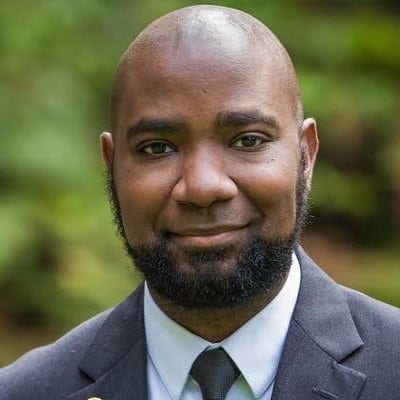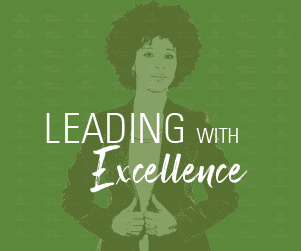On what advice he would give schools and districts on where to start in changing these patterns…
If you want to create more Black teachers, you have to improve the living conditions and the working conditions of Black students in school. If you want to recruit Black teachers, you have to make your district a place where they want to be in ways Black folks can flourish. If you don’t, they won’t be there.
I think that Grow Your Own programs make a lot of sense to me. In Washington state, and particularly my district with Teach 253 — 253’s the area code — the idea is that we identify kids who are interested in education, and we put them in this program. And they go observe and do volunteer work in classrooms and they get all their career credits for high school. There are then agreements with some of the local colleges where there’s scholarship money set aside for them. And the idea basically is, if they go through the program and they come through university, there are spots waiting for them in the district. You’ve got to grow your own.
There are a couple of groups in Washington state; one’s called the Martinez Foundation. What they do is they have a cadre. They basically identify 50ish teachers of color each year and then give them support. Schools are overwhelmingly White spaces. And education’s an overwhelmingly — there’s a certain brand of like middle-class, White communication that permeates education that’s exhausting to me. And basically they [Martinez Foundation] provide intentional support for those teachers. They meet, I think, every other month. I’ve gone and spoke to them before. And they have a week of bonding. And so they’re each other’s each other. Look, here’s the thing: If I’m a 23-year-old undergrad White female who walks in a building my first year, there’s 12 people like me walking in their first day as well who can be “each other’s each other.” If I’m a 24-year-old Latina who walks in, there’s likely nobody.
And so the Martinez Foundation, what it does is it builds “each other’s each other” across school boundaries and district boundaries. And so like the cohort is built throughout the South Sound. So their community is both online and in person. So if you’re a district, and you bring in teachers of color, and let’s say you do a good job and go out and hire a cadre. You have to provide them with support. Because the cultural isolation of the profession will drive them out.
The other thing I would say is mentoring plays a big role. But the mentoring thing is dangerous because you don’t want tokenism either. Like, “Oh, hey Nate, you’re Black. We hired Jamaal. You and Jamaal…” And we’re nothing alike, right? So it has to be done thoughtfully. But mentoring is huge.
All of it has to be done thoughtfully. You could go out and do everything I’m saying, and do it terribly. And, and, and cause more problems. It has to be done thoughtfully. And, I’ll be honest, I’m glad it’s not my job to fix it. ‘Cause there is a lot to be done. There’s a lot to unpack. But it has to be done.
The majority of students in our public school system are now students of color. And at the K-3 level, it’s way past majority. We have to get our head around that as a profession. And we have to figure out ways to, first, deal with populations. But then also making sure that those kids, some of those kids are getting into the profession. It’s unsustainable to have — maybe it’s not unsustainable — but seems to me it should be unsustainable to have schools in neighborhoods that are 80 percent Black with staff that look like a tour bus for a country music concert.








